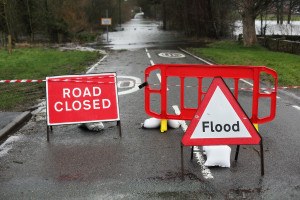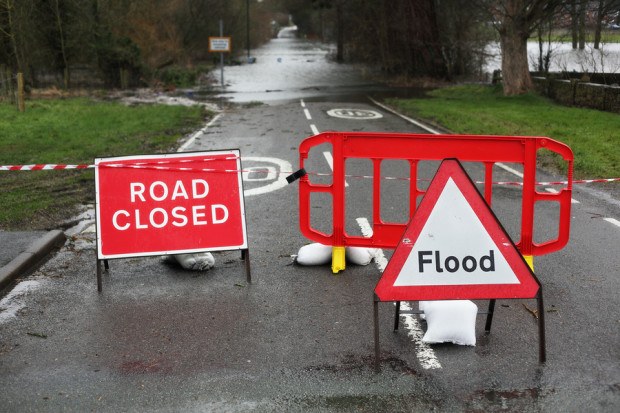 While it is early to determine insured and economic losses from massive flooding in Louisiana and Mississippi, an AIR Worldwide assessment of the damage offers some potential clues.
While it is early to determine insured and economic losses from massive flooding in Louisiana and Mississippi, an AIR Worldwide assessment of the damage offers some potential clues.
The catastrophe modeling firm noted in an Aug. 15 bulletin that as many as 200 roadways in southern Louisiana became impassible due to flooding, including parts of interstates 10 and 12. As well, AIR cited reports that close to 1,400 bridges require inspection now before they can be reopened, and stranded cars are still on highways.
Also, Louisiana Governor John Bel Edwards declared a state of emergency for the entire state, and Mississippi Gov. Phil Bryant did the same for affected counties also affected by the floods. Thousands of homes, plus farmland, and commercial/industrial property, have been slammed by flood damage. More than 20,000 people have been rescued from porches and roofs surrounded by rising waters, and 12,000-plus people are seeking refuge in shelters, some of which themselves needed flooding-related evacuation, AIR Worldwide said.
As AIR worldwide noted, more than 40 percent of buildings in the U.S. Gulf Coast region meet Flood Insurance Rate Map standards set in 1980, which include elevating buildings above base flood elevation as defined by FEMA. Also, any part of a building below base flood elevation must be made of flood-resistant materials.
No more than 10 percent of buildings in the Gulf states constructed since 1980 have basements – a good thing, considering those would boost flood damage vulnerability. As well, buildings are typically constructed on slab foundations, a requirement designed to withstand flotation, collapse or lateral movement spurred by flooding.
Residential buildings remain more vulnerable to floods, however. According to AIR, more than 80 percent of residential construction in Louisiana is made of wood, 5 percent of which have basements. More than 50 percent of commercial buildings, on the other hand, are made of steel and concrete, and build to stricter standards that make them less vulnerable than single-family homes.
AIR Worldwide warns, however, that buildings of all types are vulnerable to flood-related mechanical, electrical and plumbing system damage. These factors can all lead to high losses, AIR Worldwide said.
Source: AIR Worldwide





















 Underwriter, Actuary Fears of AI Drop; Work Needed on Collaboration
Underwriter, Actuary Fears of AI Drop; Work Needed on Collaboration  How Insurers Can Avoid Post-Merger Technology Failure
How Insurers Can Avoid Post-Merger Technology Failure  Berkshire Hathaway Enters Post-Buffett Era as Share Prices Fall
Berkshire Hathaway Enters Post-Buffett Era as Share Prices Fall  First Atlantic Hurricane Forecast for 2026 Suggests Season Close to 30-Year Norm
First Atlantic Hurricane Forecast for 2026 Suggests Season Close to 30-Year Norm 








